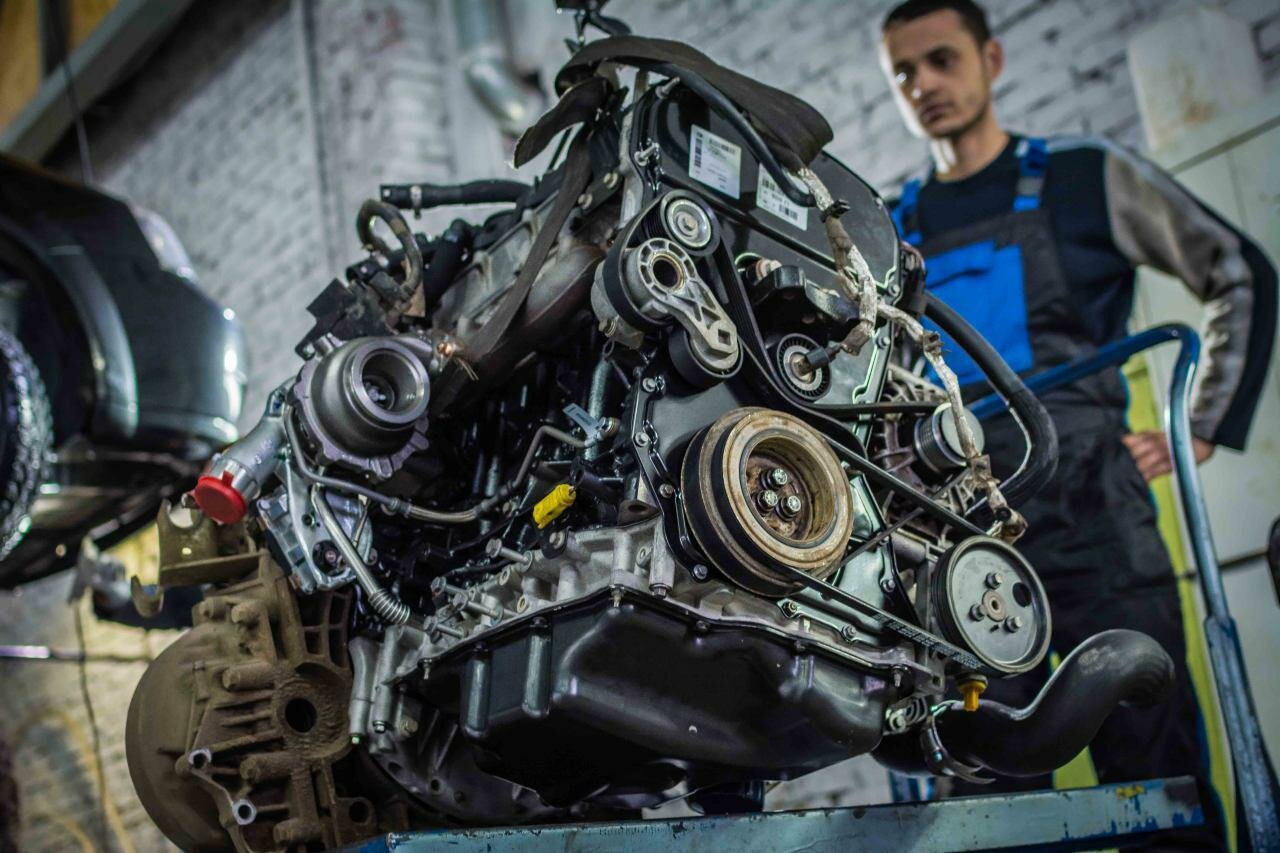The Volvo five-cylinder turbo engine has earned a reputation for its unique sound and spirited performance. However, like any engine, it isn’t without its issues. Owners of vehicles equipped with this engine often report a variety of symptoms that can indicate underlying problems. Understanding these symptoms is crucial for any motorist who wants to keep their vehicle running smoothly and avoid costly repairs.
Common Symptoms to Watch For
Engine Performance Issues
One of the first signs of trouble with the five-cylinder turbo engine is a noticeable decline in performance. You might experience:
- Reduced power during acceleration
- Unusual engine noises, such as knocking or pinging
- Rough idling or stalling, especially at low RPMs
These symptoms can be frustrating and may leave you feeling like your car isn’t pulling its weight.
Fuel Economy Concerns
Another area where problems can manifest is in fuel economy. If you find yourself making more frequent trips to the gas station, consider the following:
- Increased fuel consumption, even with normal driving habits
- Fuel leaks or a strong smell of gasoline around the engine
- Black smoke from the exhaust, indicating a rich fuel mixture
These signs often point to issues with the fuel system or engine management.
Cooling System Woes
The cooling system is vital for maintaining engine temperature, and problems here can lead to more severe damage. Look out for:
- Overheating, which can be indicated by a rising temperature gauge
- Coolant leaks, often seen as puddles under the vehicle
- Steam or smoke from the engine bay
Ignoring these symptoms can lead to catastrophic engine failure.
Electrical and Sensor Problems
The five-cylinder turbo engine relies on a variety of sensors to function correctly. If these sensors fail, you may notice:
- Check engine light illuminating on the dashboard
- Erratic behavior of the engine, such as misfires
- Difficulty starting the engine
These electrical issues can often be tricky to diagnose, requiring a thorough examination of the vehicle’s systems.
Turbocharger Troubles
As a turbocharged engine, the five-cylinder variant has its own set of potential problems. Symptoms related to the turbocharger include:
- Whistling or whining noises from the turbo area
- Loss of boost pressure, resulting in sluggish acceleration
- Oil leaks around the turbo unit
A malfunctioning turbo can significantly affect the engine’s performance and efficiency.
Exhaust System Issues
Lastly, don’t overlook the exhaust system. Problems here can lead to serious performance degradation. Symptoms include:
- Excessive exhaust smoke, which can vary in color (blue, white, or black)
- Unusual smells, such as burning oil or fuel
- Increased emissions, potentially leading to failed inspections
Understanding these symptoms can help you catch issues early, potentially saving you from more extensive repairs down the line. If you notice any of these signs, it’s wise to consult a qualified mechanic to diagnose the problem before it escalates.
Understanding the Problems with the Engine
The five-cylinder turbo engine in Volvo vehicles is known for its unique performance characteristics, but it can also bring a host of problems that owners need to be aware of. Understanding the root causes of these issues can help you take preventive measures and avoid costly repairs down the line.
Common Causes of Engine Problems
Several factors contribute to the problems associated with the five-cylinder turbo engine. Here’s a breakdown of some of the most common causes:
| Problem | Possible Causes | Symptoms |
|---|---|---|
| Reduced Performance |
|
|
| Poor Fuel Economy |
|
|
| Overheating |
|
|
| Electrical Issues |
|
|
| Turbocharger Failures |
|
|
Owner Opinions on Engine Problems
Many Volvo owners have shared their experiences on various forums, shedding light on the common issues they’ve faced with the five-cylinder turbo engine. Here are some insights from those discussions:
– “I’ve had my Volvo for a few years now, and the turbocharger gave me trouble right after the warranty expired. It started making weird noises and lost power. It was a costly fix.”
– “Fuel economy dropped significantly, and I noticed black smoke coming from the exhaust. Turned out to be a faulty oxygen sensor. It’s frustrating how these things happen.”
– “My engine started overheating out of nowhere. I found out it was a coolant leak. It’s scary to think what could have happened if I didn’t catch it in time.”
– “I’ve had issues with the check engine light coming on frequently. After multiple trips to the mechanic, it was just a bad sensor. It’s annoying how these little things can cause big headaches.”
– “The performance has been hit or miss. Sometimes it feels like a rocket, other times it’s sluggish. I suspect it’s related to the fuel injectors.”
These shared experiences highlight the importance of regular maintenance and being vigilant about any changes in your vehicle’s performance. Understanding the potential problems and their causes can help you stay ahead of issues before they escalate.
Recalls and Technical Service Bulletins
When it comes to the five-cylinder turbo engine in Volvo vehicles, it’s essential to be aware of any recalls or Technical Service Bulletins (TSBs) that may address common problems. These documents are issued by manufacturers to inform vehicle owners and technicians about known issues and recommended fixes.
Understanding Recalls
Recalls occur when a manufacturer identifies a defect that poses a safety risk or does not comply with safety standards. For the five-cylinder turbo engine, several recalls have been issued over the years. Here are some notable ones:
| Recall Date | Issue | Models Affected |
|---|---|---|
| 2010 | Fuel Leak Risk | 2001-2006 Volvo S60, S80, V70, XC70, and XC90 |
| 2014 | Engine Stalling | 2007-2010 Volvo S40, V50, C30 |
| 2016 | Turbocharger Oil Leak | 2007-2011 Volvo S60, S80, V70, XC70, and XC90 |
Technical Service Bulletins (TSBs)
TSBs are issued to address non-safety-related issues that may affect the vehicle’s performance or reliability. They provide guidance on repairs and maintenance procedures. For the five-cylinder turbo engine, several TSBs have been published:
- TSB 207-001: Addresses issues with rough idling and stalling, often linked to faulty throttle bodies or air intake systems.
- TSB 207-002: Provides recommendations for diagnosing and fixing fuel economy issues, including checking for clogged fuel injectors and faulty sensors.
- TSB 207-003: Focuses on turbocharger performance, detailing steps to check for oil leaks and boost pressure issues.
- TSB 207-004: Discusses electrical problems related to the engine management system, including sensor failures and wiring checks.
Top views |
|
|---|---|
 |
Oil, Timing Chains, Pistons: What Really Kills an Engine Prematurely? |
 |
How to Choose a Car with a Reliable Engine: Used Car Market Hacks That Actually Work |
Importance of Staying Informed
Being aware of recalls and TSBs is crucial for any Volvo owner. Regularly checking for updates from Volvo or the National Highway Traffic Safety Administration (NHTSA) can help you stay informed about potential issues that may affect your vehicle. It’s also a good idea to consult with a certified mechanic who is familiar with Volvo vehicles, as they can provide insights into any outstanding recalls or service bulletins that may apply to your specific model.
By keeping an eye on these documents, you can ensure that your five-cylinder turbo engine operates smoothly and safely, potentially avoiding more significant problems down the road.




0 Comments